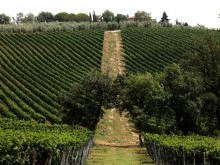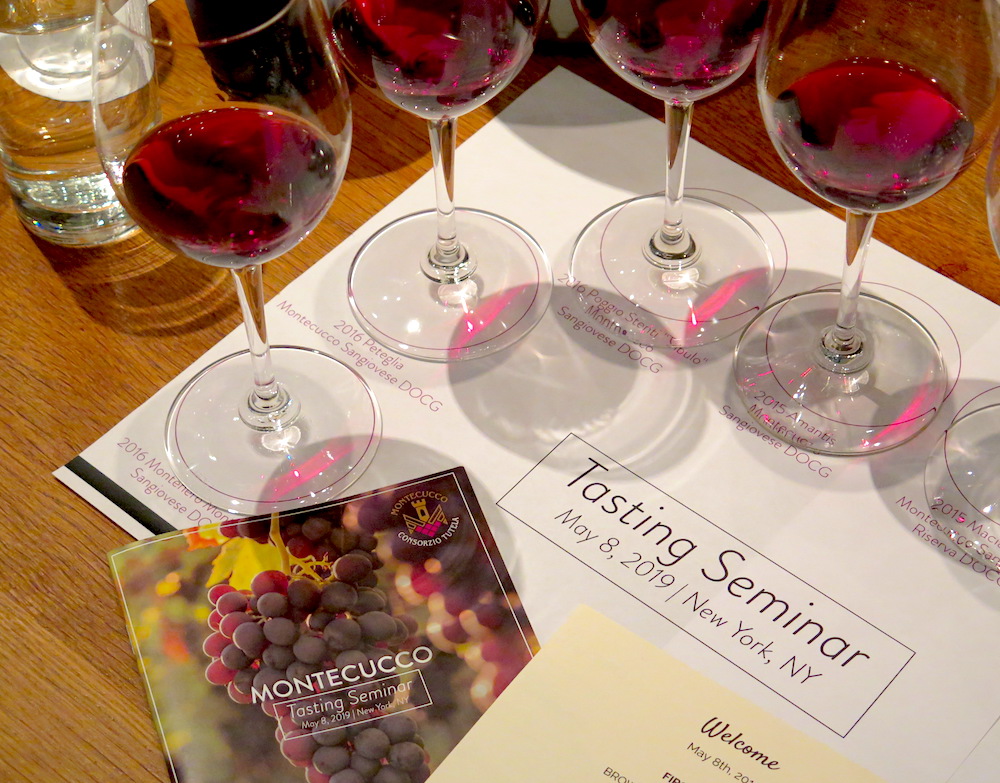
“Sangiovese is the grape that we all need to drink more of,” asserts Master Sommelier Laura Fiorvanti, which is one reason why she’s hosting a luncheon focused on the wines of Montecucco from southern Tuscany. As the co-founder of Corkbuzz, Fiorvanti keeps her sommelier’s nose ever-alert for signs of, in her words, “the next great wine region”—which might well be Montecucco.
Sandwiched between the better-known regions of Morellino and Brunello di Montalcino, Montecucco is often positioned as “baby Brunello”—albeit with Sangiovese-based wines that are available at half the price of the acclaimed Tuscan favorite. Thanks to an influx of artisanal producers and favorable climatic conditions that enable organic farming, Montecucco has become notable for producing wines of great aromatic and mineral complexity. Nearly 70% of the region’s vineyards are organic—with a yield that is almost entirely manually harvested on farms that have been family-owned for generations.
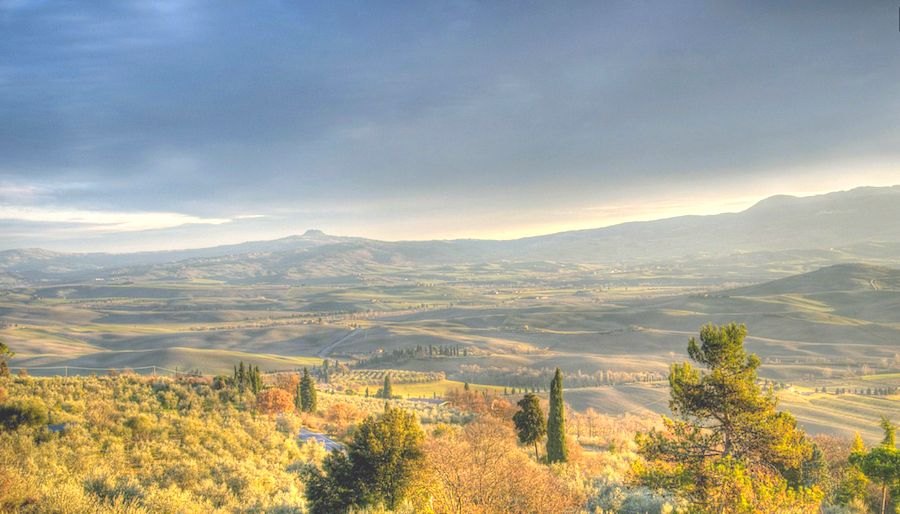
Celebrated for its ancient villages and palaces of the aristocracy, including the Medici, the Montecucco region has cultivated wine since the Etruscans. The ongoing rediscovery of those early vinicultural roots has enabled a consistency in the wines that are marked by a signature juicy minerality that derives in part from an ideal diurnal temperature variation. Similarly, the variety of terroir throughout the region—from the volcanic slopes of Mount Amiata to the rolling hills flanking the Tyrrhenian Sea—enables a remarkable diversity amongst these Sangiovese-based wines.
Granted its DOC in 1998, Montecucco established a consortium in 2000 to ensure high quality wines with established production guidelines. Currently Montecucco Consortium represents 68 wine producers with over 1,200 acres of vineyards and an annual yield of 1.8 million bottles. That said, many vintages number less than 10,000 bottles—and the entire region has one of the lowest grape yields in all of Italy. That means complexity and concentration and depth, which has become a signature of the Montecucco Sangiovese DOCG, which the region received in 2011.
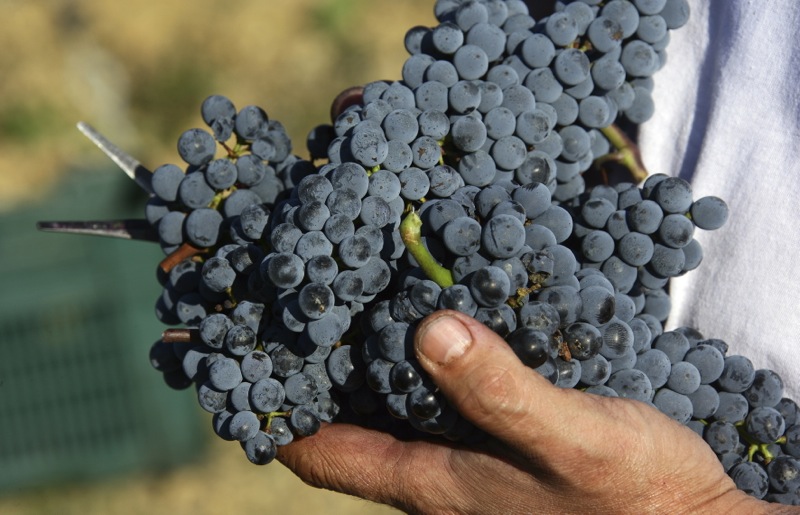
And yet, all these salutary factors would pale were they not in support of taste. The wine’s signature ruby-red shading foreshadows fragrant fruit and floral notes followed by firm tannins. Well-balanced and structured, as well as reasonably priced and ready to drink, Montecucco wines are what most Tuscans serve with dinner.
Aged for a minimum of 24 months (although many producers age for an additional 24 months in the bottle—because, as Fiorvanti attests, these wines are most definitely age-worthy), Montecucco Sangiovese Riserva wines are remarkable for their diversity on the nose and palate—which is all the more extraordinary for wines that are single varietals.
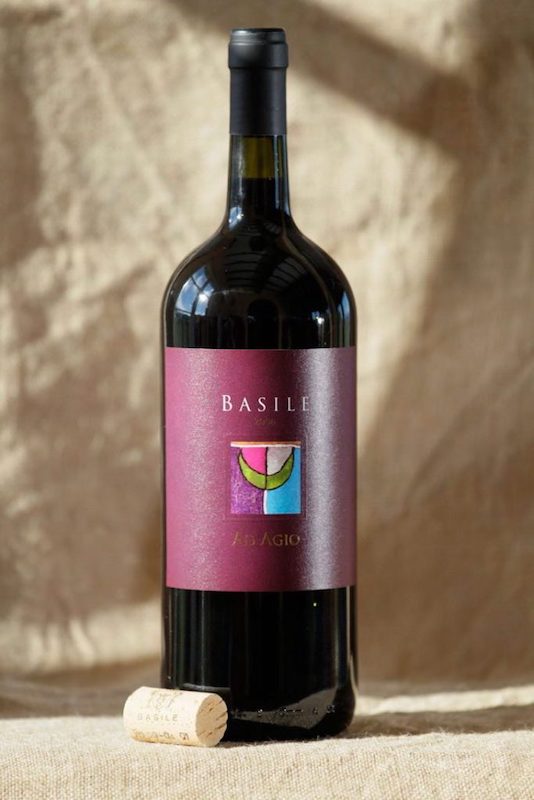
According to Giovan Battista Basile of Basile Organic Wine Farm, the soil at his 20-acre winery is comprised of galestro, a crumbly schist and clay-based shale that fosters an ideal environment for vines. Basile ages his vineyard’s riserva for 24 months in French oak tonneaux, followed by another two years in the bottle—hence the aptness of the name Ad Agio (aka adagio) for his remarkable Basile Ad Agio Montecucco Sangiovese Riserva DOCG 2013. The wine’s distinctive earthy forest floor notes might well be a consequence of the galestro or the organic farming, but there’s no question about the quality and its age-worthy potential. There’s the ripe fruit and a slight bit of savory followed by the polish of oak at the finish. As Basile contends, the wine is so named to enable it “time to be ready”—which, in this case, depends upon one’s willingness to withstand temptation.
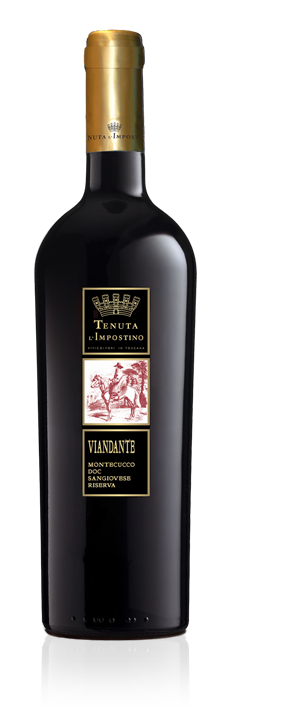
Name for a bucolic refuge for travelers in the Middle Ages, the nearby vineyards of Tenuta L’Impostino share similar climatic conditions while also affording another perspective on Montecucco Sangiovese Riserva DOCG. Aged for two years in French oak barriques, followed by, at minimum, another six months in the bottle, Tenuta L’Impostino Viandante Montecucco Sangiovese Riserva DOCG 2012 reveals an intensity of fragrance redolent of black and red fruit alongside resinous balsam, making it an excellent complement to the region’s roasted game and local cheeses. The wine’s elegant finish serves as a reminder of Montecucco Riserva’s strength and structure.
For generations, Tuscan families have been savoring the ruby-red wines of Montecucco, an appellation relatively new to the American palate—and now, with the assistance of Montecucco Consortium, the producers of Montecucco are sharing Tuscany’s hidden gem.


